When you think of Kyoto, many people probably imagine traditional temples, shrines, and townscapes that make you feel Japan. However, this city, which remained the capital of Japan until about 400 years ago, also has a charming food culture with a long history.
Among them, "obanzai" refers to Kyoto's traditional home-style cuisine.
During my graduate school days in Kyoto, I encountered authentic obanzai for the first time at a small eatery near my school.
That day's daily lunch special was an obanzai set meal with colorful small dishes. When I took a bite, I was impressed by the simple yet profound taste. I felt the sweetness of Kyoto vegetables, the umami of dashi, and above all, the warmth reminiscent of a mother's home cooking.
Even now, I occasionally visit Kyoto and seek out obanzai restaurants, reminiscing about my student days. For me, obanzai is the taste of Kyoto and the taste of memories.
I would be happy if more people could learn about the charm of obanzai, which I love, through this guide. There would be no greater joy than for you to feel the depth of Kyoto's food culture through obanzai!
What is Obanzai?
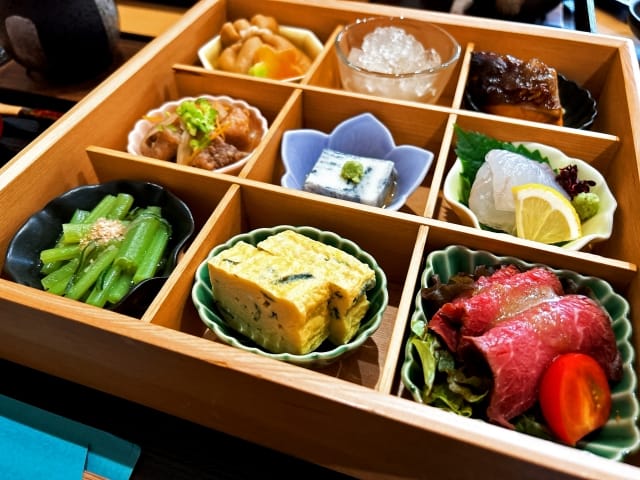
When you visit Kyoto, you'll definitely see the word "obanzai." There's a similar cuisine called "Kyoto cuisine," which developed within aristocratic culture and is Kyoto food for special days that also pays attention to appearance.
On the other hand, obanzai refers to Kyoto's traditional home-style cooking. However, since both were originally influenced by court culture, they're not necessarily distinguished, and they have many common ingredients such as Kyoto vegetables and tofu.
The characteristic of obanzai is that it features nutritionally balanced, healthy dishes using seasonal vegetables and fish. The typical style is to savor various dishes served in small bowls, eating a little at a time, but based on my experience of spending my graduate school days in Kyoto, I feel that recently, buffet-style restaurants where you can eat as much obanzai as you like are also popular.
While obanzai is home-style cooking, because it uses various ingredients depending on the dish, there's a surprising beauty in the colors with each bite. This is truly a manifestation of Kyoto's delicate sense of aesthetics.
Obanzai is loved not only by locals but also by many tourists as one of Kyoto's representative traditional cuisines.
Why Obanzai is Loved by Kyoto Locals

Why is obanzai deeply loved by the people of Kyoto?
First, obanzai is Kyoto's traditional home-style cooking, and it's a familiar taste for locals since childhood.
Also, obanzai is healthy and nutritionally balanced, and it's attractive because you can feel the seasons by using seasonal ingredients. It has become an indispensable part of Kyoto people's dining tables because it can be easily enjoyed at various places from buffets to obanzai cafes, and it's easy to reproduce at home.
As I walk through the streets of Kyoto, I really see the word "obanzai" a lot. I always feel that obanzai can be eaten all over town because it's so loved and familiar to the local people.
Types of Representative Obanzai
There are quite a lot of types of obanzai dishes, but they can be broadly divided into those using "vegetables," "fish," and "tofu."
Here, I'll introduce these representative obanzai dishes.
By the way, in reality, there are many dishes that overlap these categories, such as menus combining vegetables and tofu.
Obanzai Using Vegetables
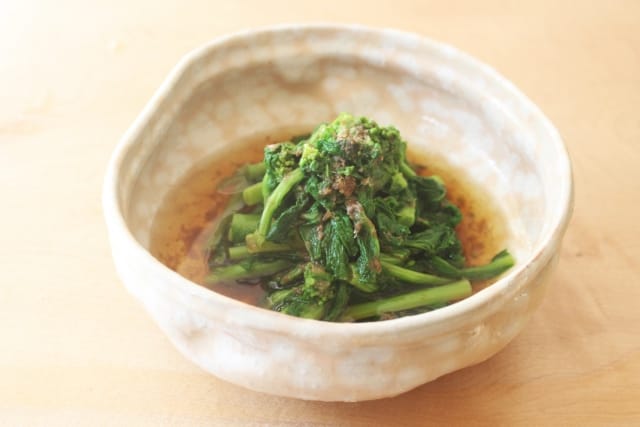
The characteristic of obanzai is, above all, the abundant use of fresh vegetables. Kyoto is blessed with rich soil, so the highest quality vegetables grow there. Ingredients called "Kyoto vegetables" are staples of obanzai.
Also, the influence of Buddhism, which avoids meat and fish, is one of the reasons why obanzai has many vegetables. By using colorfully varied vegetables, it results in a visually beautiful presentation, and I can't help but feel Kyoto's delicate aesthetic sense.
Obanzai Using Fish
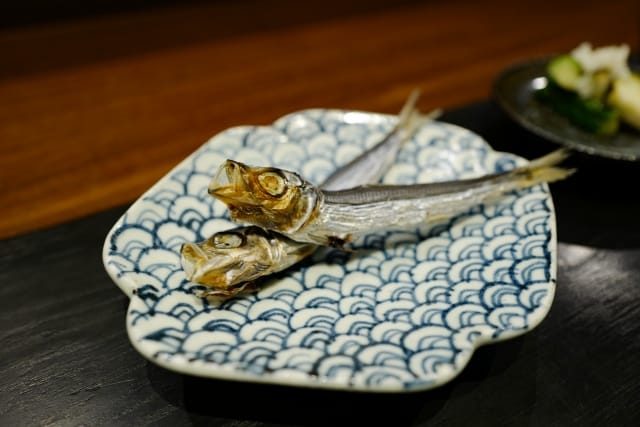
Fish is also a frequently used ingredient in obanzai. Although Kyoto is inland, there are regions blessed with rich marine resources such as Lake Biwa and Wakasa Bay nearby, and fresh seafood adorns Kyoto's dining tables.
The saba miso-ni (mackerel simmered in miso) that I encountered at the obanzai buffet of the hotel where I stayed was very delicious, with a sweet and savory miso sauce clinging to it while having no fishiness at all and an elegant taste.
In addition to "teriyaki" grilled with a sweet and savory sauce and "nanban-zuke" where fried fish is covered with a sweet and savory sauce, simple grilled fish is also one of the popular obanzai menu items.
Obanzai Using Tofu
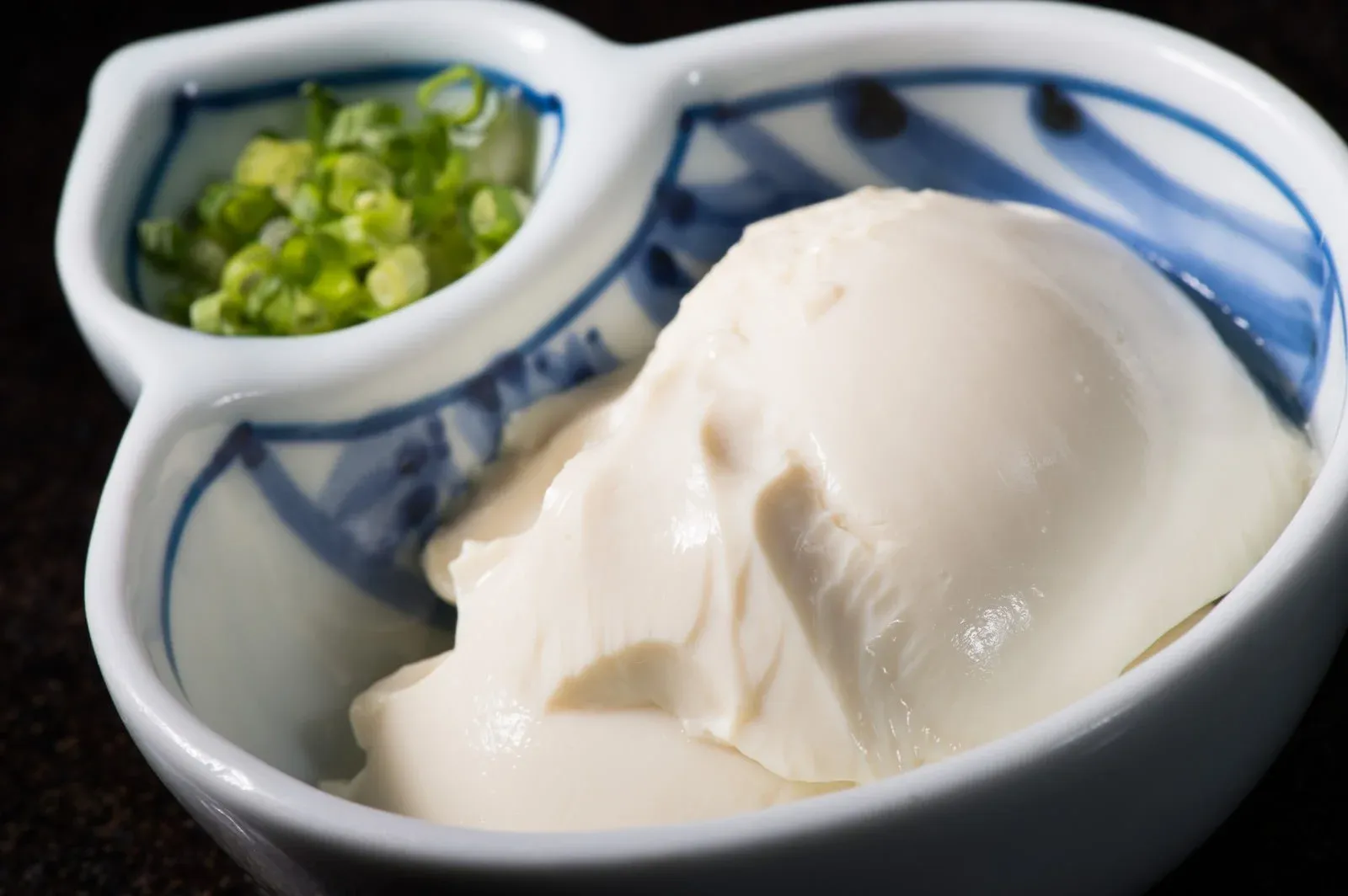
Tofu is also one of the indispensable ingredients in obanzai. This is because Kyoto's water is clear and ideal for making tofu. Kyoto's tofu, which is silky smooth and flavorful, is perfect for obanzai dishes.
Processed products such as yuba and koyadofu are also Kyoto specialties. Like Kyoto vegetables, tofu dishes born from Buddhist influence can be said to be representative of obanzai.
Personally, I'm happy that tofu is healthy, so I feel less guilty even if I eat a bit too much obanzai.
Types of Shops Where You Can Eat Obanzai
Here, I'll introduce the types of shops where you can actually eat obanzai in Kyoto, and my favorite shops for each type.
Obanzai Specialty Shops
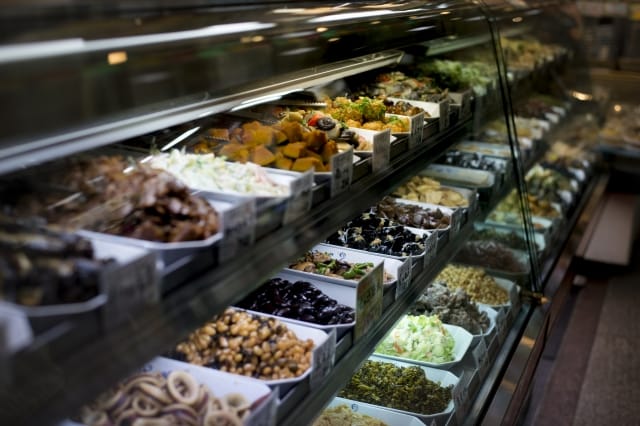
If you want to taste authentic obanzai, specialty shops are recommended. I'm glad that many shops offer buffet-style service at reasonable prices, so you can eat as much as you like.
These shops are also familiar as everyday dining places for locals, so they're also recommended for those who want to have a local experience.
Also, many hotels in Kyoto often provide authentic obanzai buffets for breakfast, so please check the hotel breakfast when staying in Kyoto.
Recommended Obanzai Specialty Shop 1 in Kyoto: Miyako Yasai Kamo
Miyako Yasai Kamo is a popular shop where you can enjoy an obanzai buffet centered on fresh vegetables from Kyoto. The healthy obanzai using organic and reduced pesticide vegetables is very popular with foreign tourists. Besides Karasuma and Kyoto Station, there's also a branch at JR Osaka Station.
Website: https://nasukamo.net/
Recommended Obanzai Specialty Shop 2 in Kyoto: AWOMB Nishikiyamachi
Another recommendation is AWOMB Nishikiyamachi, where you can enjoy stylish obanzai typical of Kyoto. It's a unique shop where you can make your original "hand-woven sushi." It's about a 10-minute walk from Hankyu Kawaramachi Station, but it's worth the visit.
Website: https://awomb.com/en/nishikiyamachi/
Cafes
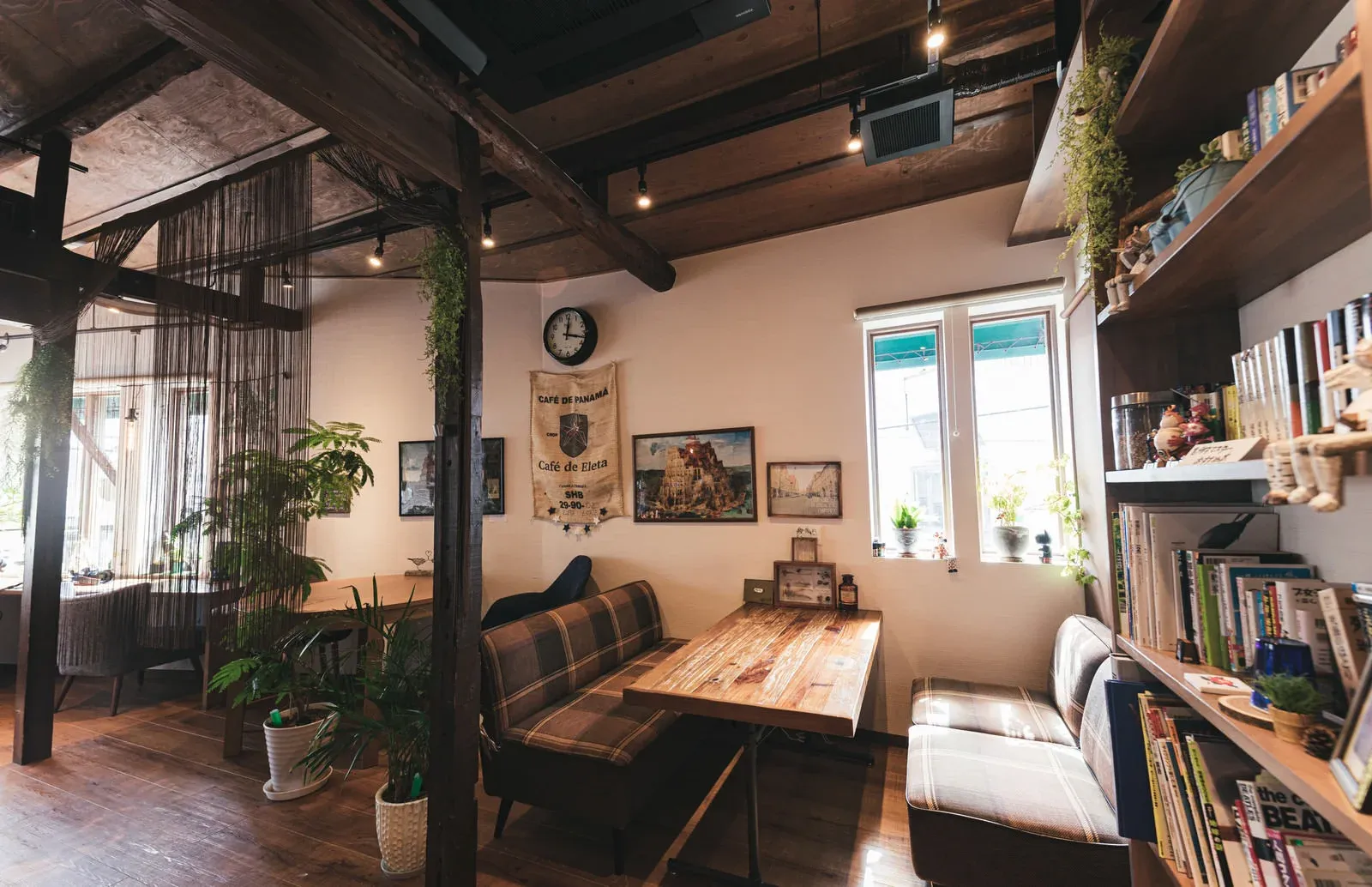
You can also enjoy "obanzai set meals" at stylish cafes in Kyoto (set meal is called "teishoku" in Japanese). Enjoying delicious obanzai and coffee in a relaxed space has become one of my pleasures during my Kyoto trips.
Recommended Obanzai Cafe 1 in Kyoto: KOTOWARI
KOTOWARI is a cafe proud of its daily changing obanzai set meals using seasonal ingredients. Although it becomes an izakaya at night, the lunchtime obanzai plate is popular with female customers. It's about a 10-15 minute walk from Hankyu Kawaramachi Station.
Website: https://kotowari.jp/
Recommended Obanzai Cafe 2 in Kyoto: Nomura
Nomura is an early bird-friendly cafe that opens from 7 AM. I enjoy being able to choose my favorite obanzai from the showcase. It's only a 3-minute walk from Hankyu Karasuma Station, so access is excellent. When you go to Kyoto, please make sure to stop by.
Website: https://www.nomurafoods.jp/shops/karasuma/
Izakaya
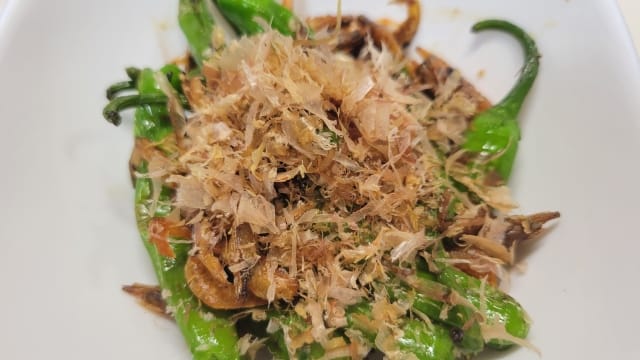
To enjoy Kyoto nights, I recommend izakayas where you can eat obanzai. It's a Kyoto-like way to enjoy delicious obanzai along with alcohol.
The "kappo" I'll introduce later is also a place to enjoy alcohol, but izakayas are more reasonable and have a casual atmosphere.
Recommended Izakaya 1 for Obanzai in Kyoto: Menami
Menami, which I visited with friends, was a shop with delicious obanzai menu items using seasonal ingredients in an interior full of Kyoto atmosphere. The obanzai assortment was 1,500 yen, and the alcohol was also reasonably priced. It's accessible about a 3-minute walk from Keihan Sanjo Station.
Website: http://www.menami.jp/
Recommended Izakaya 2 for Obanzai in Kyoto: Inoue
Inoue, a hidden gem in Arashiyama, was recommended to me by a friend who knows Kyoto well, and I was more than satisfied with the obanzai and service beyond my expectations. I think it's a hidden spot not well known to tourists.
Website: https://tabelog.com/en/kyoto/A2601/A260403/26017204/
Kappo
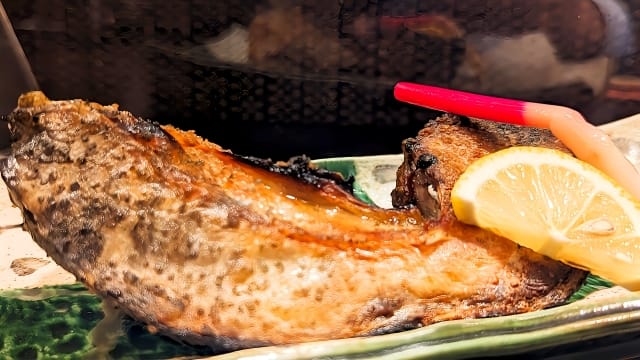
In Kyoto, while "ryotei" provide more formal cuisine called "Kyoto cuisine," kappo are shops where you can enjoy authentic obanzai at relatively reasonable prices.
They're characterized by a calm interior where you can enjoy your meal leisurely, but many require reservations, so it might be a bit challenging for travelers.
I recommend starting with obanzai specialty shops or cafes, and if you have friends in Kyoto, please try kappo as well.
Recommended Obanzai Kappo 1 in Kyoto: Enraku
Thinking I should try authentic kappo cuisine at least once when visiting Kyoto, I experienced kappo cuisine for the first time at Enraku in Gion. I was impressed by the array of delicate obanzai full of seasonal feeling. Reservations are essential, but it was worth more than the price.
Website: https://tabelog.com/en/kyoto/A2601/A260301/26004536/
Recommended Obanzai Kappo 2 in Kyoto: Mamehachi
Mamehachi, known for its excellent tofu dishes, is recommended as it's also open for lunch. You can drop in here without a reservation. You can relax and enjoy high-quality obanzai typical of Kyoto. It's about a 5-minute walk from Hankyu Kawaramachi Station or Keihan Gion-Shijo Station.
Website: https://k127209.gorp.jp/
Frequently Asked Questions About Obanzai in Kyoto
Finally, I'll answer some common questions about obanzai in Kyoto.
Are There Any Manners to Follow When Eating Obanzai?
Basically, since obanzai are small dishes, you should use chopsticks only for your portion. Also, don't share serving plates with others, but prepare your own serving plate.
What Kind of Alcohol Goes Well with Obanzai?
I recommend sake. It enhances the delicate flavors of obanzai. But in my experience, beer and shochu also pair well.
Can Vegetarians or Vegans Enjoy Obanzai?
Since many obanzai dishes are centered on vegetables, vegetarians can safely eat many of them. However, vegans need to be careful as dashi made from seafood may be used. I recommend checking with the shop in advance.
How was the world of "obanzai," the taste of the ancient capital?
Since there are many types of obanzai shops, you can enjoy them according to your travel style, from reasonable shops to authentic ones.
When you go to Kyoto, please refer to this article and try eating obanzai!
